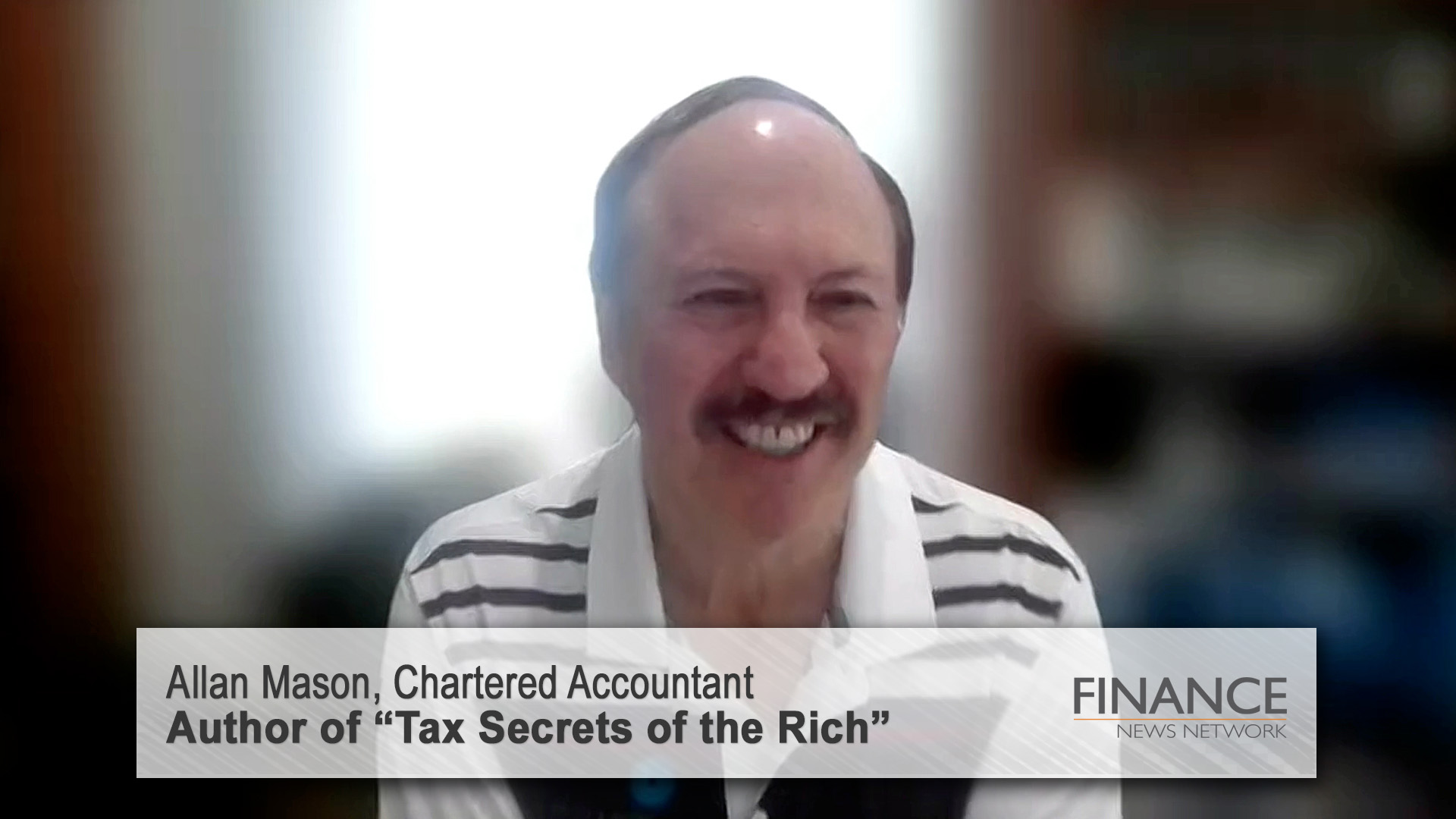Sometimes Wall Street resembles the Titanic, before it met an iceberg that didn’t like it.
Brokers, analysts, fund managers and the like dancing and twirling the night away, ignoring the gathering storm that only the Fed and some of its acolytes in small dark rooms can see.
It was like that on Wednesday in the US: IBM, JP Morgan, General Electric, Coca Cola, Intel and a host of other companies produced reports that shocks, or pleased the cavorting hordes in the grand ballroom.
Buy, buy, look through the slump, the sun is on the uplands, earnings joy to come.

Ignore consumer prices rising at 4% in the year to March and producer prices rising by more than 6% in the same time; food costs up 4.4% in the 12 months, transportation costs up 7%, energy up 17%. In March alone energy prices rose 1.9% and petrol prices rose 1.3%.
Those analysts who reckon inflation above the Fed’s comfort zone of around 2% (it was 2.4% on a core basis in the year to March), means there’s room to cut interest rates again at the end of the month, are missing the point of what’s happening in the US economy.
Ordinary American consumers are being belted by rising energy and food costs, they are losing their homes in the tens of thousands, their jobs in increasing numbers and they can’t see any upside in their lives, despite the rubbish being spoken on Wall Street.
Consumer confidence is falling, retail sales are soft (clothing prices fell 1.3% in March alone as retailers cut prices to try and move unwanted goods).
The outlook on the consumer side in the United States, which represents more than 70 percent of gross domestic product, is extremely poor.
The Fed’s rate cuts are not working, and despite some tentative signs of housing ‘stabilising at low levels in some parts of the US’ it’s far from convincing.
In fact the March new home starts numbers destroyed that line from the Fed yesterday.
The Reuters/University of Michigan preliminary April consumer sentiment index fell to 63.2, about 10% below economists’ expectations and down almost 30% from last July. It was the lowest such reading since 1982
And with prices for food and energy continuing to surge, inflation expectations are rising to a level that would frighten our Reserve Bank, and no doubt is worrying the Fed.
Looking ahead one year, survey participants expect inflation to be 4.8% in the US, an 18-year high, according to the April survey. In Australia we are looking at lowered expectations with our consumer confidence at a 15 year low.
American small business sentiment has also fallen sharply and according to the National Federation of Independent Businesses, its optimism index fell to the lowest level in the survey’s 22 year history in March.
That sort of information doesn’t seem to be registering on Wall Street, especially among investors and analysts interested in so-called cyclical and defensive stocks: the ones you buy for the upturn and hold to ride out the downturn.
Keep in mind that there’s a growing list of large US retail chains now on watch lists for possible financial problems if retail sales stumble along at their present low levels over the rest of the year.
The slump in housing and the slowly rising tide of job losses (over 230,000 in the first quarter, which is not as steep as in 2001), the ever rising cost of petrol and food, has left the US consumer struggling to keep above water today.
Take building a new home: it’s a good sign of confidence: it’s a far bigger step than buying an existing home; there’s nothing but a dream until the reality takes shape.
The US Commerce Department produced figures yesterday showing that the number of new home starts fell by more than anyone had suspected: housing starts dropped 11.9% in March to an annual rate of 947,000 units, the lowest pace since March 1991 and its going to get worse because building permits fell 5.8% percent to the lowest since April 1991, when the economy was in recession.
Building permits are a good indicator of future intentions for home building.
But consider this: since the start of 2005, the number of new homes started in the US has fallen by two thirds.
That’s recession material.
And late in the day the Fed released its latest Beige Book, which is a summary of business conditions across the organisation’s 12 districts which span the breadth of the US. It’s anecdotal (and it’s what our Reserve Bank is doing at the moment), but it’s insightful.
It makes depressing reading.
"Reports from the twelve Federal Reserve Districts indicate that economic conditions have weakened since the last report. Nine Districts noted slowing in the pace of economic activity, while the remaining three–Boston, Cleveland, and Richmond–described activity as mixed or steady.
"Consumer spending was characterized as softening across most of the country, with some Districts reporting year-over-year declines in retail and/or auto sales. In contrast, tourism was generally described as strong, with a number of Districts noting particular strength in foreign visitors.
"Reports on nonfinancial services varied by District: demand for transportation services was generally characterized as weak, while business and health services continued to expand; other service industries were said to be mixed.
"Trends in manufacturing also varied across Districts. Reports on real estate and construction were generally anemic for the residential sector; activity in the commercial sector has slowed.
“Financial institutions in many Districts indicated some deceleration in consumer loan demand, tightening in lending standards, and deterioration in asset quality. Most Distri













